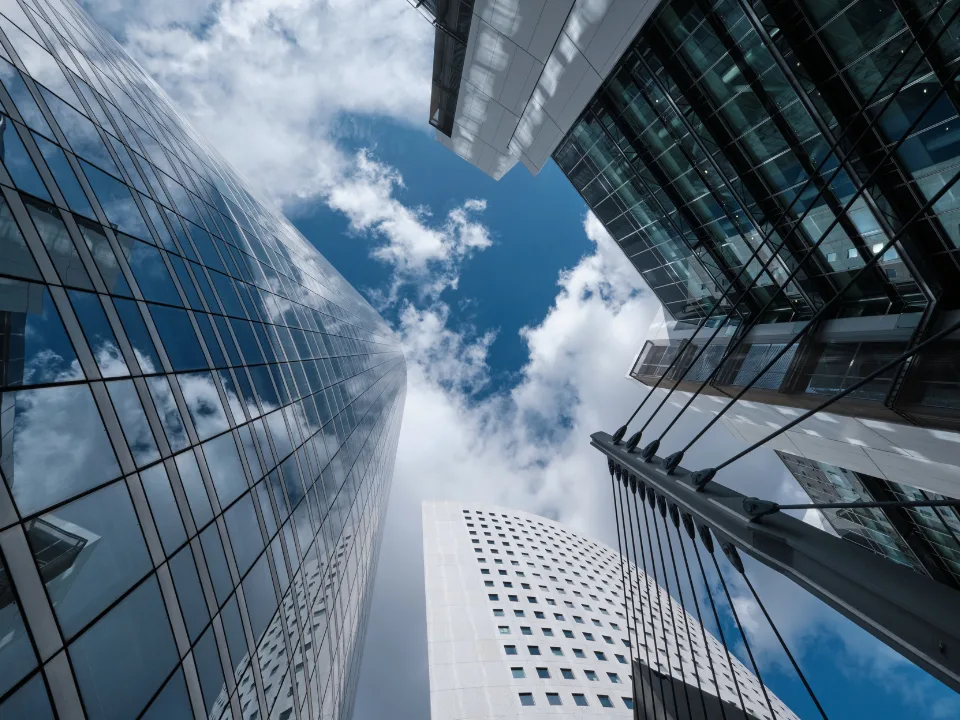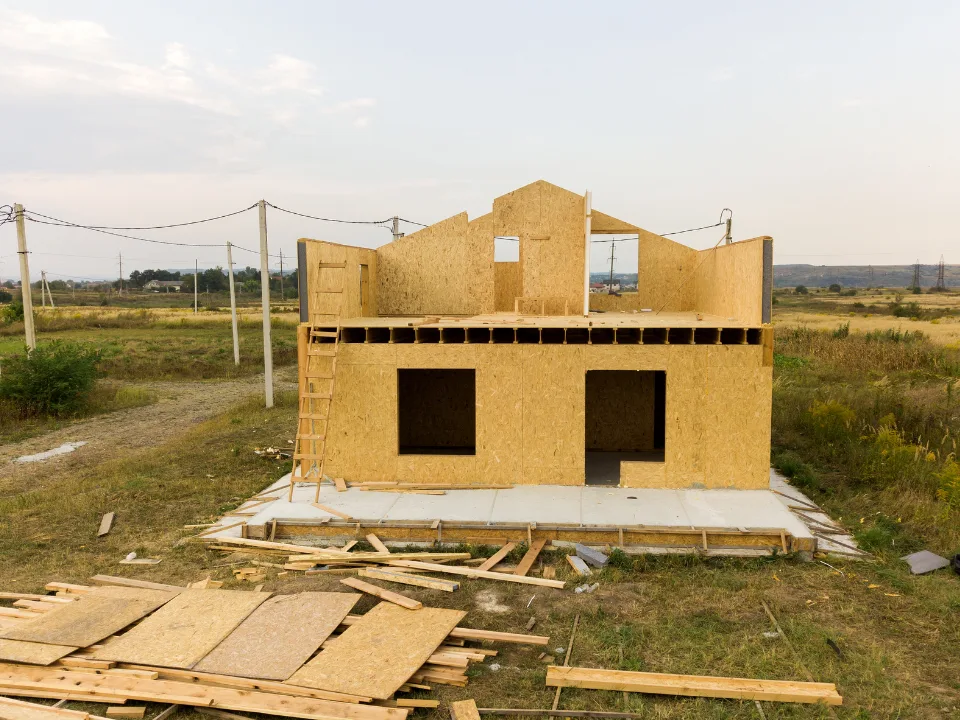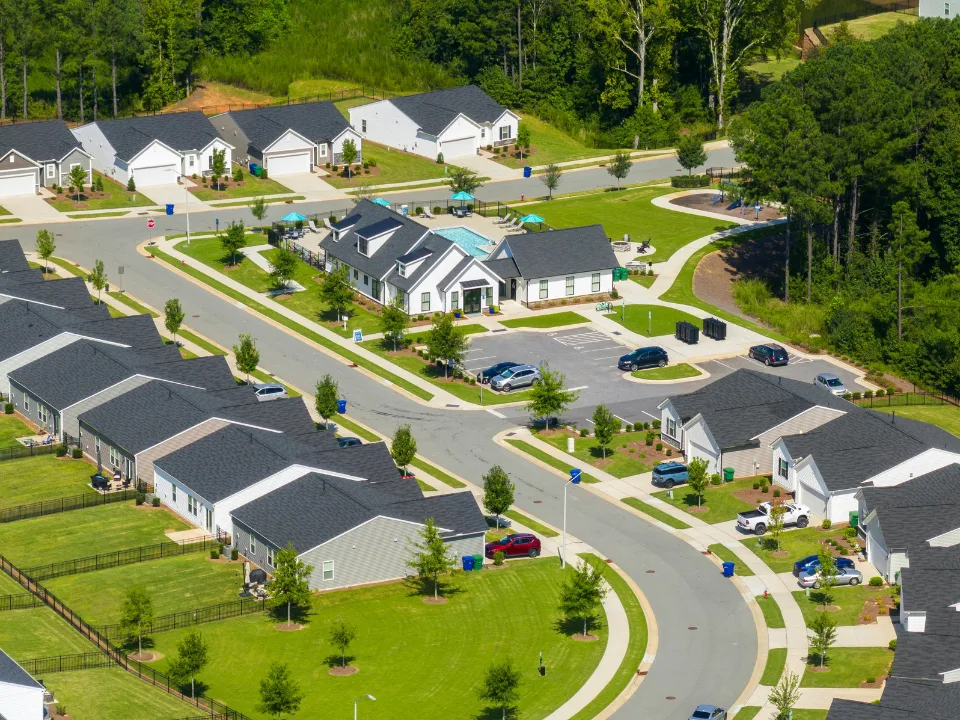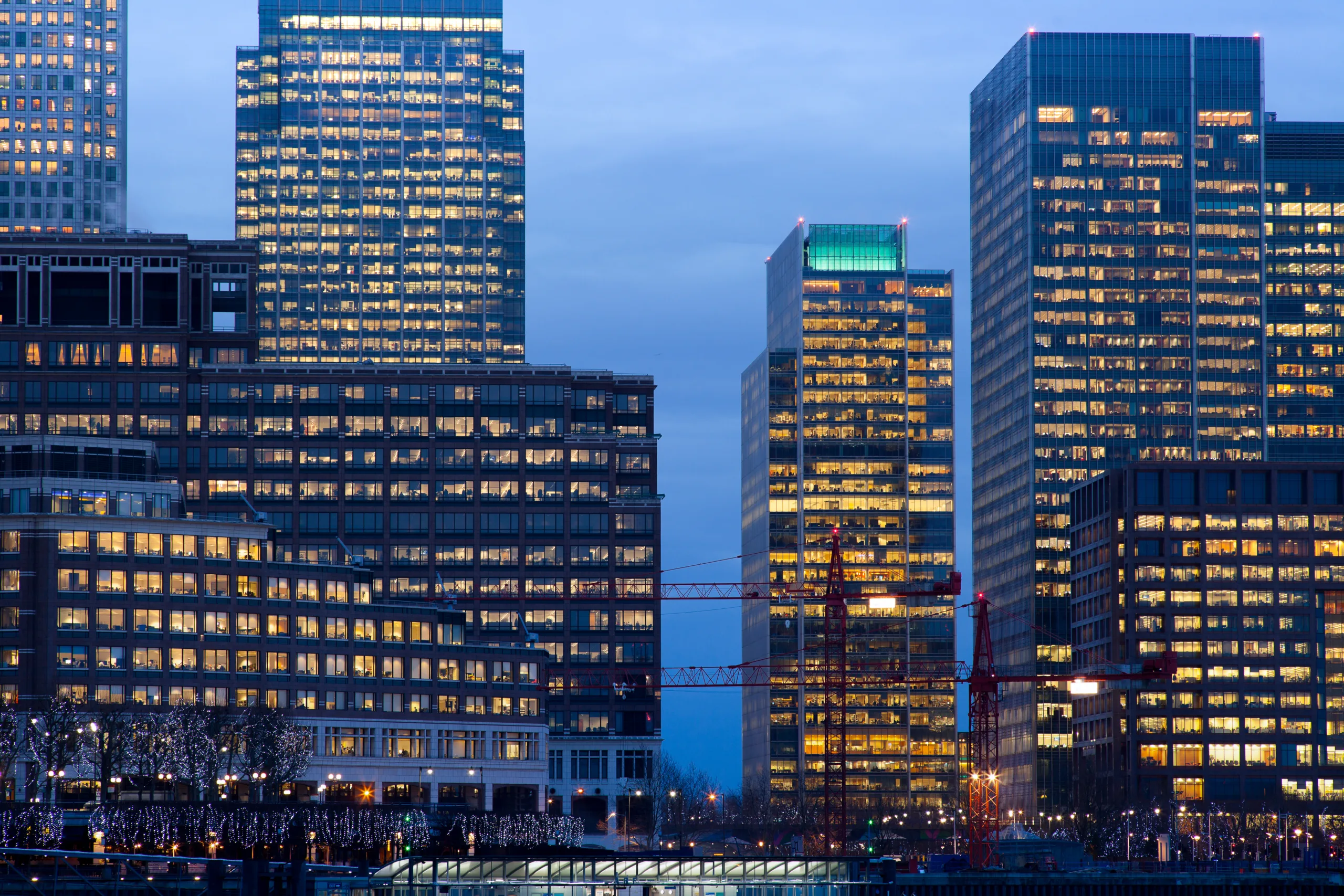- Alternative construction companies, including modular and 3D-printed homebuilders, are increasingly being tapped to help rebuild in areas hit by wildfires, hurricanes, and other disasters.
- These methods can lower costs and cut rebuild timelines in half, making them attractive to homeowners with insufficient insurance payouts.
- Despite growing interest, scalability and reputation concerns continue to slow broader industry adoption.
Modular home companies and 3D printing startups are stepping into the rebuilding vacuum left by natural disasters, according to The WSJ. They’re offering fast, lower-cost housing alternatives for displaced families in places like Maui, Los Angeles, and the Gulf Coast. With traditional construction costs rising and insurance payouts often falling short, disaster victims are increasingly turning to nontraditional building options.
A Cost-Efficient Comeback
After wildfires destroyed Jerry Camarillo’s childhood home in Altadena, California, his $700,000 rebuilding estimate far exceeded his insurance coverage. That’s when he found Hapi Homes, a Utah-based modular builder that promised a $500,000 rebuild in half the time. The offer was too compelling to pass up.
Get Smarter about what matters in CRE
Stay ahead of trends in commercial real estate with CRE Daily – the free newsletter delivering everything you need to start your day in just 5-minutes
An Industry Gaining Ground
While modular construction has long been viewed as lower quality, recent disasters have prompted a reassessment. Companies like ICON—known for its concrete 3D-printed homes—report a surge in demand from developers and homeowners in California and Florida. ICON is now reshaping its expansion strategy to serve disaster-prone regions.
Public-Private Push
In Los Angeles, modular builder Samara is partnering with developer Rick Caruso’s nonprofit to provide free housing for wildfire victims. The city is also in talks with more than a dozen alternative builders as it weighs long-term housing solutions.
In Hawaii, over 100 modular companies entered the market following the 2023 Maui wildfires. The state commissioned five firms to build 450 temporary homes, marking a shift in local government openness toward prefab solutions.
Speed, But Not Without Scrutiny
Offsite construction offers speed and scale benefits—factories can produce homes more quickly, with fewer workers, and avoid material shortages plaguing on-site projects. But long-standing skepticism remains. Failures like Katerra, the SoftBank-backed startup that went bankrupt in 2021, still cast a shadow.
To overcome this, companies like Hapi Homes are offering factory tours to earn buyer trust. Others, like Massachusetts-based Reframe Systems, are fast-tracking microfactory builds in California to meet post-disaster demand.
Scaling Challenges
Despite growing excitement, industry leaders acknowledge the hurdles. High transport costs for fully assembled units and complex logistics are limiting national scalability. Dan Faina of Williams Rebuild, which plans to build up to 150 homes for L.A. fire victims, says prefab construction isn’t necessarily cheaper unless done at large scale.
Legislative Support on the Horizon
Los Angeles-based SoLa Impact is pushing for state legislation to streamline approvals for modular housing. With the housing crisis deepened by disasters, CEO Martin Muoto believes the urgency could finally move the needle: “Never let a crisis go to waste.”
Why It Matters
Modular housing could play a pivotal role in accelerating disaster recovery and solving America’s housing shortage. But for alternative construction to go mainstream, companies will need to prove quality, earn trust, and scale smartly—especially when the stakes are as high as rebuilding people’s homes.
What’s Next
As natural disasters increase in frequency and severity, expect more public-private partnerships, investment in factory infrastructure, and legislative efforts to make modular housing a viable—and possibly permanent—fixture in the housing market.


















